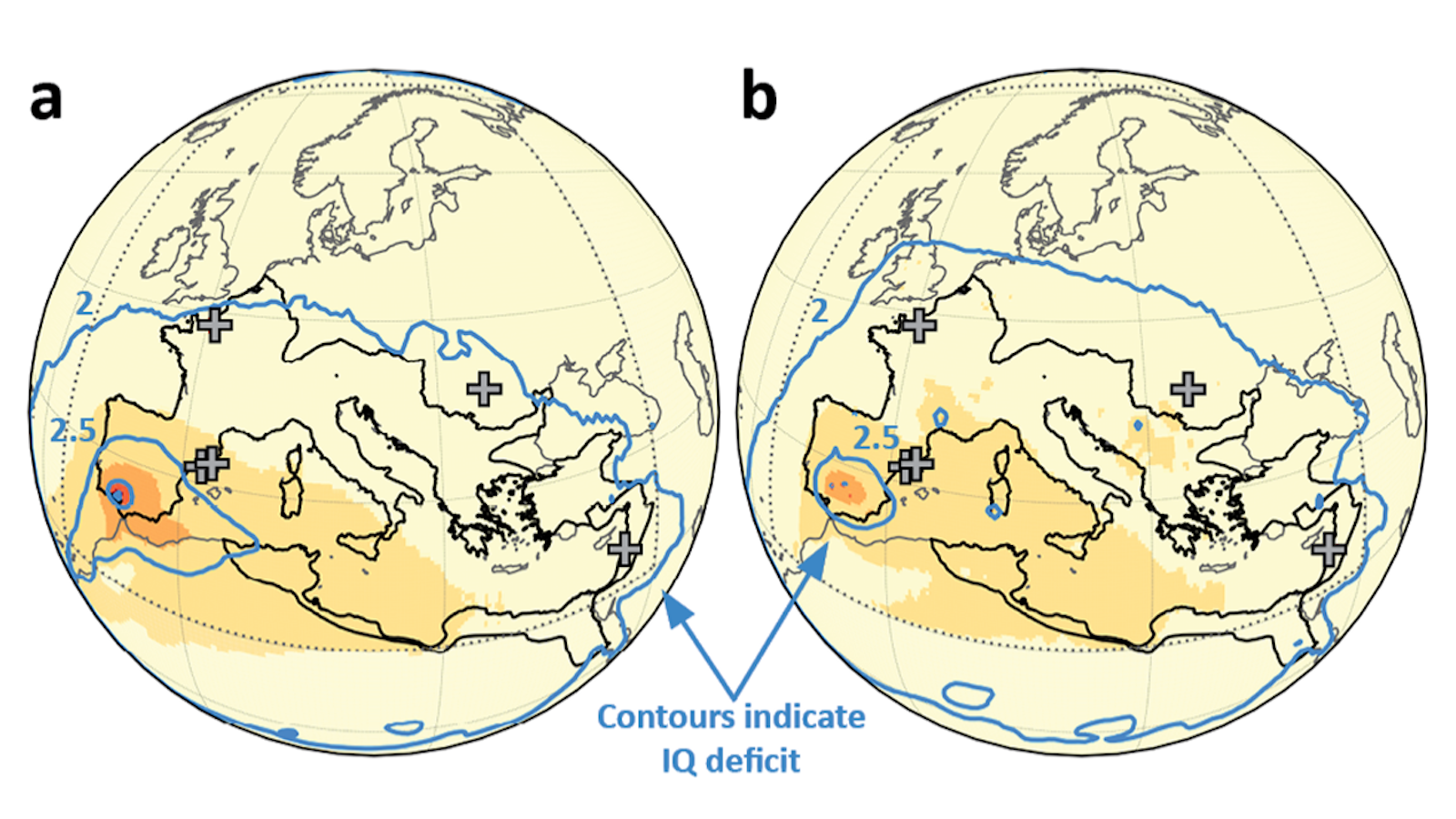SeaWorld’s Cruel Greed

Blackfish is a beautiful and powerful documentary about, yes, the corporate greed of SeaWorld. But it also, through remarkable facts, shows us the neuroscience of orcas. These animals—most commonly and aptly described as majestic—have evolved emotional systems in their brains. This makes them highly social creatures, and they communicate using a language that continues to baffle researchers. Why then would SeaWorld keep these gentle giants locked up alone in the dark in tanks not even double the size of their massive bodies? It’s simple: profits.
SeaWorld, Inc. claims to be driven by wildlife conservation and education, but Blackfish exposes how trainers lie to families visiting their parks. The compelling documentary uncovers a trainer explaining to park goers that orcas live around 25 years in the wild. Orcas, in fact, share the same life span as humans. But their life spans are cut extremely short in captivity where they live an average of 25 years. Of course, if SeaWorld told their customers the truth it would start to raise questions. “Wait a minute, these whales live 25 years on average in your tanks, but 60 to 100 years in the wild? Why?”
The “why” is beautifully unraveled in Blackfish, a film directed by Gabriela Cowperthwaite and inspired by an article in Outside magazine by investigative journalist Tim Zimmerman. Cowperthwaite says she became interested in the topic as a mother who brought her children to SeaWorld to learn about these animals. A documentary filmmaker who has tackled issues as diverse as marine combat to natural disasters, she had never before considered herself an animal rights activist.
Her film wonderfully acclimates the viewer to its stunning journey. It opens with former SeaWorld trainers sharing their childhood memories of wanting to one day work with whales and dolphins, and their funny and light-hearted stories of how they each got there. Then the story focuses on the loss of their friend, former head trainer Dawn Brancheau, considered one of the industry’s most respected stars. In 2010, during a show, Brancheau was killed and eaten by an orca. Her former colleagues shared their shock: if it could happen to her, it could happen to anyone.
That orca is named Tilikum. Blackfish follows his story from being kidnapped from his mother as a calf to enduring gut-wrenching abuse in the now closed Canadian park Sealand of the Pacific, where he killed a trainer. Sealand of the Pacific closed due to the death of trainer Keltie Byrne, and Tilikum was sold to SeaWorld in Orlando, Florida, where he performs and is used as SeaWorld’s “chief sperm bank.”
Tilikum’s capture off the coast of Iceland in 1983 is told by one of his hunters. A military-style operation was used, including bombs, speed boats, nets, and planes. This particular herd of orcas, having experienced a kidnapping before, tried to outmaneuver the humans with the adult whales, without children, leading the boats away from the mothers and their calves. But the hunters’ plane alerted the operation on the water that the mothers and children had broken away and reported their location. As soon as these whales came up for air, a net was used, and three adults died in the chaos, and the babies were carted away. The hunter described the immense noise–the calls of distress between the calves and the surviving adults lingering close to the hunters’ boats. As the hunter described it, it was like kidnapping a child in front of his mother.
In the orca social structure, children stay with their mothers for life—they are inseparable. Despite this, SeaWorld still separates mothers from their calves shortly after birth, leading the mother to break down with devastation. Chilling footage of a grieving orca mother in SeaWorld was shown in Blackfish.
The lives of the kidnapped calves are a prison with daily stints in solitary confinement: living alone in dark and tight enclosures, being starved in order to be controlled and taught tricks, and living among strangers—adult whales just as distressed as the calves who lash out in abuse.
This was Tilikum’s life since his kidnapping at the age of three. His body was covered in scrapes—teeth marks—from the older dominant females in the park Sealand of the Pacific, where he killed his first trainer. It should be noted that killer whales do not kill humans in the wild—not a single death has been reported. They are in fact curious and gentle creatures in their interactions with humans. Tilikum just snapped.
He would be responsible for two more deaths, including a SeaWorld guest who stayed in the park after it closed and dove into his tank at night. The man’s body was found naked in Tilikum’s tank, his testicles chomped off. Then he snapped again in 2010, killing an expert trainer who inspired her industry.
Tilikum remains in confinement, in the same conditions that caused his deep distress—communicated to SeaWorld audiences through his collapsed dorsal fin. I saw a SeaWorld show as a little girl, and I remember the drooping dorsal fins of the whales, but I was never educated by SeaWorld to know that this was not normal, this was not healthy. Collapsed dorsal fins occur in less than 1-percent of whales in the wild.
SeaWorld’s cruel greed must be stopped. Sign this petition to demand action by the government, and this petition on Change.org demanding that Tilikum be retired to happier conditions. Use social media to tell Macy’s that SeaWorld must not be welcomed in the Macy’s Thanksgiving Day Parade. SeaWorld lies to families and it has deeply traumatized these intelligent and sensitive creatures. It is up to all of us to make killer whale shows a barbaric thing of the past.





